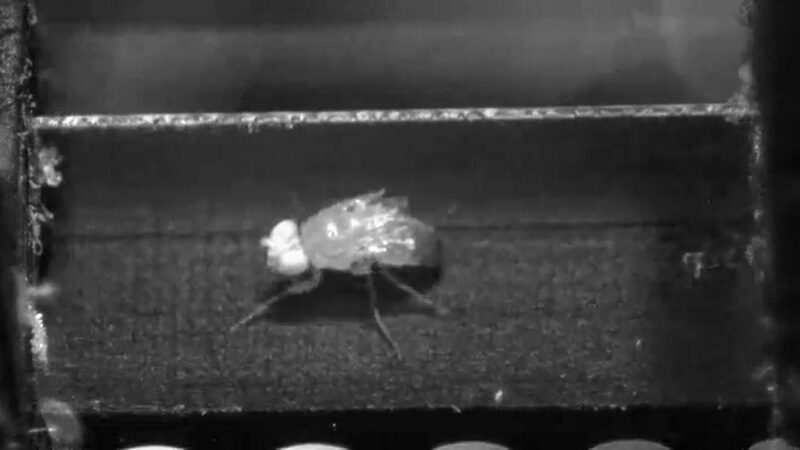Organisms that give off their own light are called bioluminescent. This ability to glow in the dark may have first evolved much earlier than scientists thought — half a billion years ago.
Corals lit up the deep, dark sea way back then, new research suggests. If true, they’ve broken the record for oldest known glowing creature by nearly 300 million years!
Researchers shared their new findings April 24. The results appeared in Proceedings of the Royal Society B.
“Our study presents the oldest published record … of bioluminescence on Earth,” says Danielle DeLeo. It “more than doubles the previous record.” DeLeo is a biologist at the National Museum of Natural History. That’s in Washington, D.C.
Until now, the oldest known bioluminescent creature was an ancestor of modern sea fireflies. That critter dated back just 267 million years.
Talk about a glow up
The ability to give off light has evolved at least 100 times across the tree of life. All types of living things can do it — from fishes to fungi. Chemical reactions create the organisms’ light. Some living things glow to hunt prey or attract mates. Others do it to hide from predators.
Many octocorals live in the deep sea and glow in the dark. Examples of this type of corals include soft corals, sea pens and sea fans. DeLeo’s team wanted to know how the trait arose among octocorals.
The researchers looked at DNA from 185 octocoral species. This allowed them to map out an octocoral family tree. Fossils helped pinpoint when the tree’s separate branches split off.
Based on when glowing species evolved and where they were in the tree, the team calculated how likely it was that various coral ancestors glowed.
“It turns out the ancestor to all octocorals was bioluminescent,” DeLeo says. That species lived roughly 540 million years ago.
Todd Oakley is surprised how long octocorals have been able to glow. This evolutionary biologist works at the University of California, Santa Barbara. He was not involved in the new work. But he has studied the glow of sea fireflies. Bioluminescence “seems to originate pretty easily,” he says. But it also “seems to be lost pretty easily.” So octocorals keeping this trait for so long is notable.
Bioluminescence may have been a byproduct of other, more ancient chemical reactions in the corals’ cells, says DeLeo. These reactions could have been useful in signaling and communication.
Other life forms may have glowed even earlier, such as bacteria. Or glowing algae and comb jellies. But few ancient fossils of such organisms exist, DeLeo notes. That makes it hard to tell when their bioluminescence first emerged.




